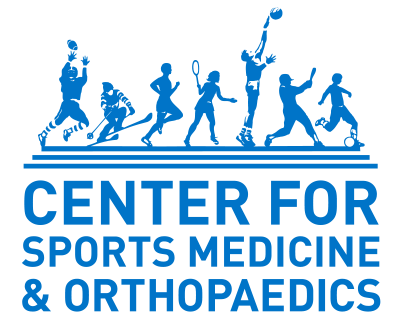Many patients are apprehensive when they see a “surgeon” for the first time. Many are under the impression that surgery will immediately be advised, or even in some cases, patients think they may be having surgery the same day they are initially seen by the surgeon.
In fact, the recommendation for surgery at the initial visit is only 10-15% if all new patients are averaged. Of course, some problems have a higher likelihood than others to have surgery as the first option; but more likely than not, conservative (non surgical) options are tried first, if appropriate. But how, in fact, does a surgeon come to the conclusion that surgery is recommended for a particular patient?
That is when it becomes much more complex. The reason is that not every X-ray, MRI, nerve study, or physical exam should be treated the same, even if they are very similar to each other, because each is attached to a specific, unique patient that has their own particular set of circumstances. Underlying health, age, pain tolerance, physical demand/expectations, job, and social situation all play critical roles in the decision making process.
The melding of all these issues with the exact problem and the problem’s severity is where the “art” of surgical practice takes over from the “science” of surgical practice.
How the surgeon helps you through that decision making process, the best course of treatment for you as an individual patient, and makes you feel comfortable with that process is often referred to as the surgeon’s “bedside manner.” If that surgeon is gifted in this realm, you should feel that you understand the disease process, where conservative and surgical options fit into the treatment course and recommendation, and feel very comfortable with the surgeon’s knowledge and caring for you as an individual patient with your unique set of circumstances.
I personally use the mantra of “this is what I would recommend for you if you were a family member of mine.” Granted, each of my family members is unique and different in all the categories I mentioned above. The important thing is getting to know the patient well enough to know what course suits them best. The patient needs to be an active participant in reaching those decisions to achieve the best outcome.
A happy and satisfied patient is the ultimate goal of what we want as surgeons whether that involves surgery or other means of treatment.
My orthopedic residency chairman, Dr. David Murray once told me: ”Doctor” in Latin means “teacher”…..don’t ever forget that in all the years you practice orthopedic surgery. Your patient’s entrust you with their well being and your job is to teach them and guide them through the problem they come to you with to the best of your ability.
I strive to make Dr. Murray proud of me everyday.
Dr. Brian Smith
Hand and Upper Extremity Surgery
Center for Sports Medicine and Orthopaedics

